Wednesday March 16, 2022
Lumen Prints: Photography without a Camera
In this workshop, the lumenprint (cameraless photograms) image making process will be explained and demonstrated. There will be an opportunity to participate in the printmaking process beginning with gathering materials, composing images, developing prints and sharing feedback among participants.
* This instructor has generously donated a piece of art, “Chesterman Beach Portrait ”, that will be available to bid on at the Celebration Auction.
Read More









